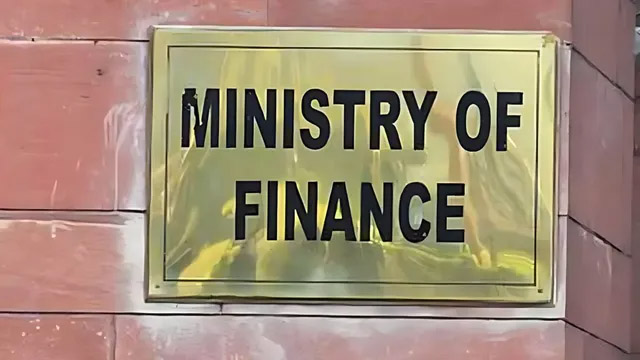NEW DELHI, Mar 26: Making a strong case for increasing private investment, the finance ministry on Wednesday in a report said it can help the country overcome risks to the growth emanating from external factors.
The report emphasised that the private sector should draw comfort from resilience of the Indian economy and its steady growth outlook.
“It is essential that the industry recognises the mutual endogeneity of its investment spending and consumption demand,” the February edition of Monthly Economic Review released by Department of Economic Affairs said.
Pointing out that consumption is expected to get a leg-up with relief in income tax and reduction in policy rate by the RBI, the report said, the private sector should pick up signals from these steps and start making investment towards capacity expansion.
Domestic private sector capital formation, focused on India’s solid fundamentals and economic prospects, will be an important driver of economic growth in FY26, it said.
“The proposed changes in the personal income tax structure are expected to improve the disposable incomes of the middle class and their consumption. The 25-basis point policy rate cut in February, as part of a more accommodative monetary policy and enhanced liquidity provisions, can also bolster the growth momentum,” it said.
The Union Budget’s focus on longer-term development drivers and reforms, anchored around the ambition of Viksit Bharat, adds to the confidence in domestic economic resilience amidst significant global uncertainties, it added.
On inflation, the report said, it has eased to a seven-month low in February 2025, driven by falling food inflation.
The expectation of record production of foodgrains in 2024-25 will help moderate food inflation in the coming months, it said.
On the external front, it said, core merchandise exports have demonstrated notable resilience, growing by 8.2 per cent during FY25 (April to February).
Gross FDI inflows remain robust, increasing by 12.4 per cent during FY25 (April to January). The foreign exchange reserves are adequate to cover more than 11 months of imports.
The global economy continues to be characterised by elevated uncertainty stemming from geopolitical tensions and trade policy developments, the report noted.
In the face of such strong global headwinds, it said, economic growth picked up in Q3 of FY25, driven by a recovery in private consumption and an increase in core merchandise (non-oil, nonbullion) exports.
“Vigorous agricultural activity has supported rural demand. High-frequency indicators of economic activity suggest improved growth momentum in Q4 of FY25, with eway bills showing double-digit growth and PMI indices remaining in the expansionary zone,” it said.
The Indian economy is estimated to achieve a growth of 6.5 per cent in FY25 despite considerable external headwinds, it said, adding, this was accompanied by a pick-up in growth from 5.6 per cent in Q2 FY25 to 6.2 per cent in Q3 FY25.
The services sector performance remains robust, it said, adding, the growth in Q4 of FY25 is likely driven by improved export growth, pick-up in government capital expenditure post-elections and impetus to economic activity associated with Kumbh Mela.
Observing that the Union government finances continue to maintain a fine balance between fiscal consolidation, welfare and growth, the report said The Budget 2025-26 announced a cautiously ambitious debt consolidation path that projects union government debt to decline by at least 5.1 percentage points over a six-year period from 2024-25 to 2030-31.
In the near full-year data available for FY25, there is a close convergence of actual deficits, critical ratios, and essential expenditures with their budget estimates, indicating a sustained commitment to fiscal targets, it added. (PTI)


